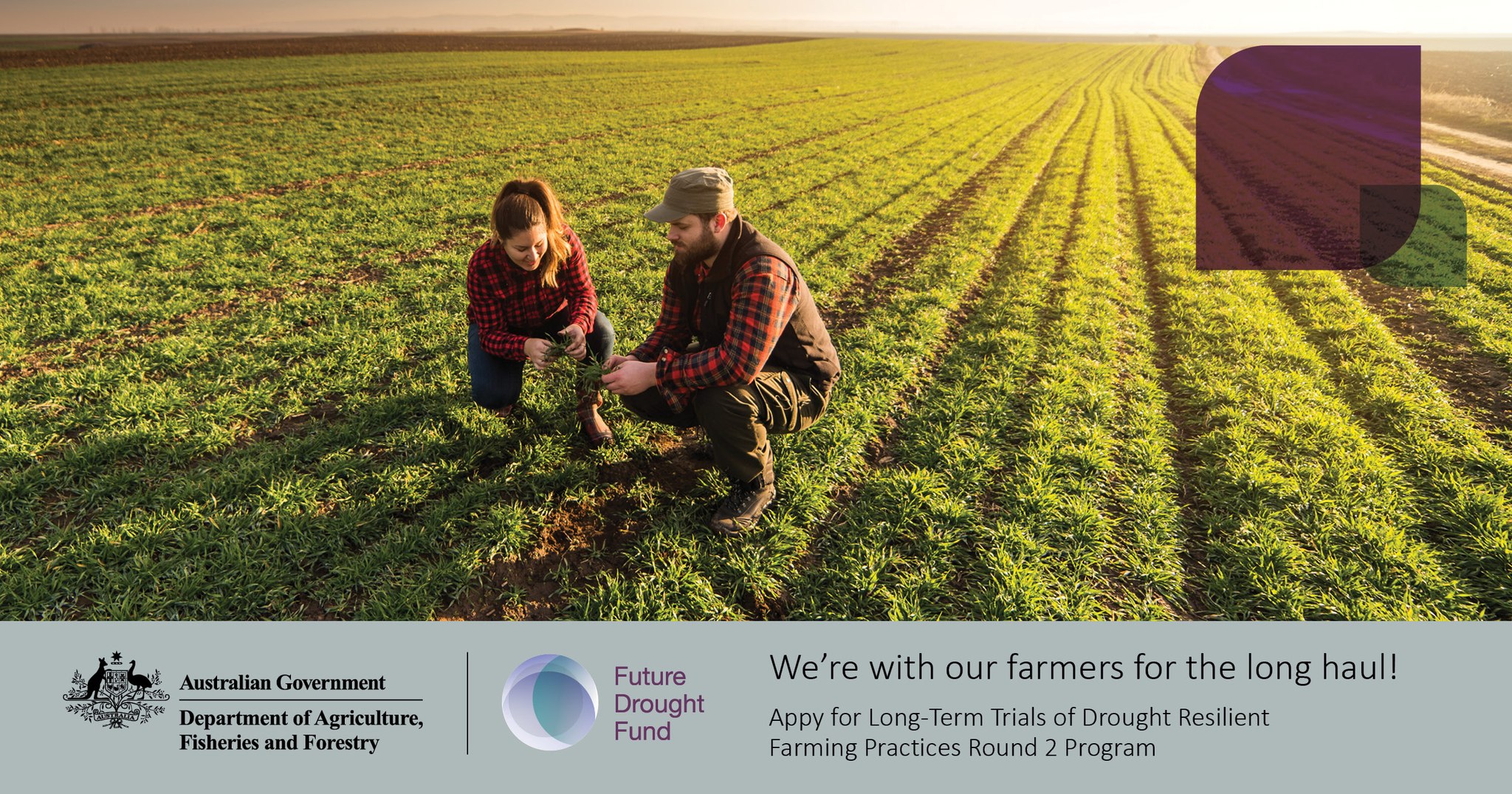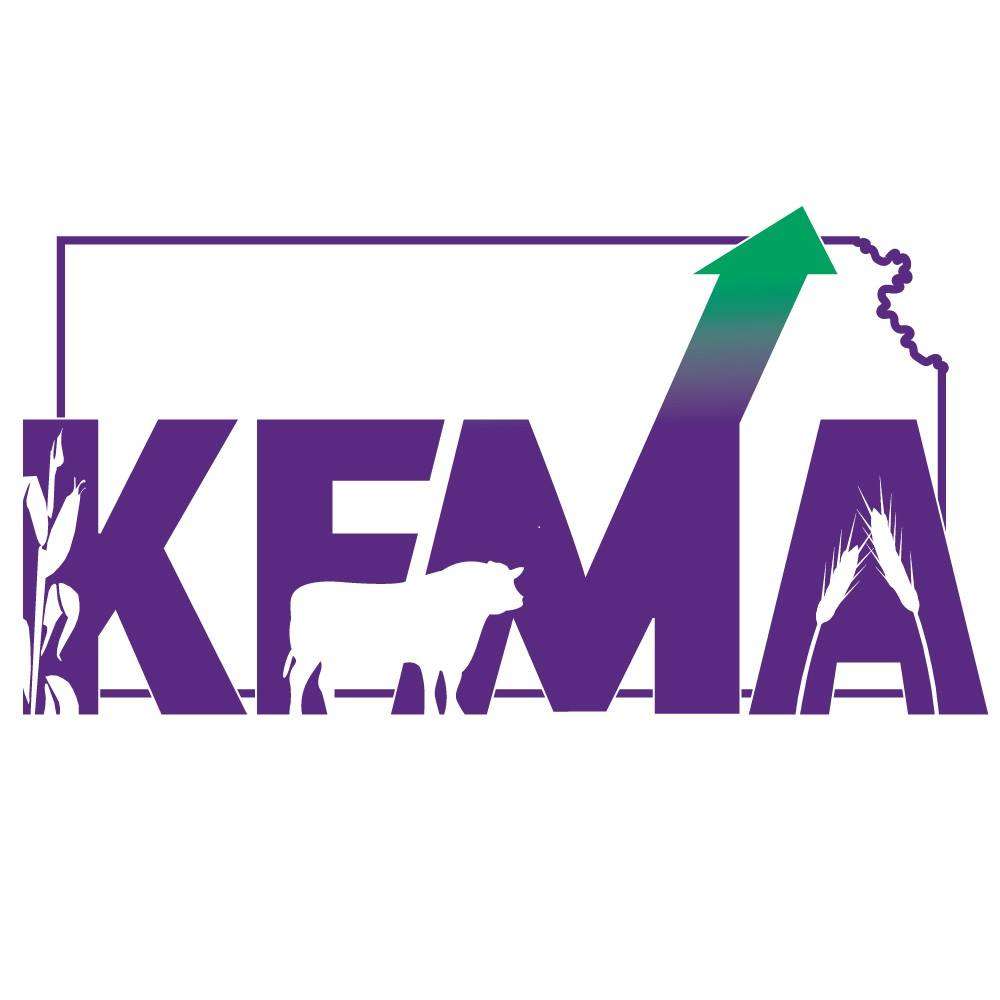2025 Farm Science Tickets Now on Sale – WKTN

Report on the 2025 Farm Science Review and its Alignment with Sustainable Development Goals
The Ohio State University College of Food, Agricultural, and Environmental Sciences will host the Farm Science Review (FSR) from September 16-18, 2025. The event, held at the Molly Caren Agricultural Center (MCAC) near London, Ohio, serves as a critical platform for advancing agricultural practices in alignment with several United Nations Sustainable Development Goals (SDGs).
Event Scope and Contribution to Economic Growth (SDG 8 & SDG 9)
The Farm Science Review is a significant event for the North American agricultural sector, attracting over 100,000 attendees. It facilitates economic activity and promotes innovation in the industry, directly supporting SDG 8 (Decent Work and Economic Growth) and SDG 9 (Industry, Innovation, and Infrastructure).
- Exhibitors: 600 commercial exhibitors will be present.
- Products: 4,000 distinct product lines will be showcased, highlighting the latest technological advancements in agriculture.
- Exhibition Area: A 100-acre exhibit area provides a venue for static displays and commercial engagement.
Advancing Sustainable Agriculture and Food Security (SDG 2 & SDG 12)
A primary focus of the FSR is the demonstration of advanced agricultural production techniques across 600 acres of land. These demonstrations are pivotal for improving efficiency and sustainability, contributing to SDG 2 (Zero Hunger) and SDG 12 (Responsible Consumption and Production).
Field Demonstrations Include:
- Harvesting Equipment: Corn and soybean combines, showcasing technology for maximizing yield.
- Soil Management: Tillage demonstrations aimed at improving soil health and productivity.
- Resource Management: Nutrient and lime application techniques that promote responsible use of inputs, reducing waste and environmental impact.
- Water Management: Drainage installation demonstrations, crucial for land optimization and water control.
Gwynne Conservation Area: A Model for Environmental Stewardship (SDG 4, SDG 6, SDG 13, SDG 15)
The 67-acre Gwynne Conservation Area (GCA) is a dedicated educational space demonstrating the integration of agriculture with natural resource management. The GCA’s initiatives directly support multiple environmental and educational SDGs.
- SDG 4 (Quality Education): An all-season log cabin hosts educational sessions and classes, providing lifelong learning opportunities for the agricultural community.
- SDG 6 (Clean Water and Sanitation) & SDG 15 (Life on Land): The area features a natural stream, wetland, ponds, and riparian forests, which are managed to demonstrate best practices in water quality protection and ecosystem preservation.
- SDG 13 (Climate Action) & SDG 15 (Life on Land): The implementation of windbreak plantings, crop tree plantings, and wildlife food plots showcases methods for climate adaptation, carbon sequestration, and biodiversity enhancement.
- SDG 2 (Zero Hunger) & SDG 15 (Life on Land): A soil pit provides educational insights into soil health, a foundational component of sustainable agriculture and terrestrial ecosystems.
Event Logistics and Participation
Information regarding attendance is as follows:
- Pre-Sale Tickets: Available for $10.00 until Monday, September 15.
- Gate Tickets: Available for $15.00 during the event.
- Purchase Locations: Pre-sale tickets can be acquired at the Ohio State University Extension in Hardin County office during business hours, with payment by cash or check only.
SDGs Addressed in the Article
SDG 2: Zero Hunger
- The article is centered on the “Farm Science Review,” an event focused on agriculture and food production. It highlights learning “the latest in agricultural production” and field demonstrations of “corn and soybean combines,” which are directly related to increasing agricultural productivity and ensuring food security.
SDG 4: Quality Education
- The event is described as having “educational programs” that are “second to none.” The article mentions that visitors come to “learn the latest in agricultural production” and that “educational sessions and classes are taught” in the Gwynne Conservation Area, emphasizing the event’s role in providing specialized knowledge and skills.
SDG 9: Industry, Innovation, and Infrastructure
- The review serves as a major platform for agricultural innovation, showcasing “4,000 product lines from 600 commercial exhibitors.” This focus on new products, technology (like combines and drainage systems), and modern production techniques connects directly to fostering innovation within the agricultural industry.
SDG 15: Life on Land
- The article details the “Gwynne Conservation Area,” a 67-acre space for “demonstration and education area for agriculture and natural resources management practices.” It features a “natural stream, wetland, ponds, windbreak plantings, crop tree plantings, wildlife food plots… and riparian forests,” all of which are crucial components of protecting and restoring terrestrial ecosystems.
Specific SDG Targets Identified
Targets for SDG 2: Zero Hunger
-
Target 2.4: By 2030, ensure sustainable food production systems and implement resilient agricultural practices.
- The article supports this target through its mention of the “Gwynne Conservation Area,” which demonstrates “natural resources management practices.” Furthermore, field demonstrations of “nutrient and lime applications, and drainage installations” are examples of practices aimed at creating more sustainable and productive agricultural systems.
-
Target 2.a: Increase investment in… agricultural research and extension services.
- The event itself, organized by “The Ohio State University College of Food, Agricultural, and Environmental Sciences,” functions as a large-scale extension service. The “educational programs feature Ohio State specialists,” directly reflecting an investment in disseminating agricultural research and knowledge to over 100,000 visitors.
Targets for SDG 4: Quality Education
-
Target 4.4: By 2030, substantially increase the number of youth and adults who have relevant skills, including technical and vocational skills, for employment.
- The Farm Science Review provides attendees with opportunities to “learn the latest in agricultural production,” which constitutes technical and vocational training for farmers and others in the agricultural sector, enhancing their skills for employment and entrepreneurship.
-
Target 4.7: By 2030, ensure that all learners acquire the knowledge and skills needed to promote sustainable development.
- The “Gwynne Conservation Area” is explicitly a “demonstration and education area” for “natural resources management practices.” By teaching about wetlands, wildlife food plots, and riparian forests, it directly provides education for sustainable development.
Targets for SDG 9: Industry, Innovation, and Infrastructure
-
Target 9.5: Enhance scientific research, upgrade the technological capabilities of industrial sectors… encouraging innovation.
- The exhibition of “4,000 product lines from 600 commercial exhibitors” is a direct effort to upgrade the technological capabilities of the agricultural sector. The event encourages innovation by providing a platform for companies to introduce the “latest in agricultural production” to a large audience.
Targets for SDG 15: Life on Land
-
Target 15.1: By 2020, ensure the conservation, restoration and sustainable use of terrestrial and inland freshwater ecosystems and their services.
- The Gwynne Conservation Area, with its “natural stream, wetland, ponds… and riparian forests,” serves as a living model for the conservation and sustainable use of these exact ecosystems.
-
Target 15.3: By 2030, combat desertification, restore degraded land and soil.
- The inclusion of a “soil pit” for educational purposes and demonstrations of “tillage, nutrient and lime applications” implies a focus on improving soil health and quality, which is fundamental to restoring land and preventing degradation.
Implied Indicators for Measuring Progress
Indicators for SDG 2 (Zero Hunger)
- The article implies progress can be measured by the promotion and demonstration of sustainable practices. An indicator would be the number and type of sustainable agricultural practices demonstrated (e.g., nutrient management, drainage installations).
Indicators for SDG 4 (Quality Education)
- The article provides a direct number for participation. A key indicator is the number of people attending educational programs, stated as “over 100,000 visitors from all over the United States and Canada.”
Indicators for SDG 9 (Industry, Innovation, and Infrastructure)
- The article provides specific figures that can be used as indicators of innovation. These include the number of commercial exhibitors (600) and the number of product lines showcased (4,000).
Indicators for SDG 15 (Life on Land)
- The article specifies the size of the conservation area. An indicator is the total area of land used for conservation demonstration and education, which is explicitly mentioned as the “67-acre demonstration and education area.”
Summary Table of SDGs, Targets, and Indicators
| SDGs | Targets | Indicators Identified in the Article |
|---|---|---|
| SDG 2: Zero Hunger |
2.4: Ensure sustainable food production systems.
2.a: Increase investment in agricultural research and extension services. |
– Number and type of sustainable practices demonstrated (e.g., nutrient applications, drainage installations). – Functioning as an extension service event for over 100,000 visitors. |
| SDG 4: Quality Education |
4.4: Increase the number of adults with relevant technical and vocational skills.
4.7: Ensure learners acquire knowledge for sustainable development. |
– Number of participants in educational programs (“over 100,000 visitors”). – Educational sessions on natural resources management. |
| SDG 9: Industry, Innovation, and Infrastructure | 9.5: Enhance research and upgrade technological capabilities. |
– Number of commercial exhibitors (600). – Number of product lines showcased (4,000). |
| SDG 15: Life on Land |
15.1: Ensure conservation and sustainable use of terrestrial and freshwater ecosystems.
15.3: Restore degraded land and soil. |
– Area of land for conservation education (“67-acre demonstration and education area”). – Demonstration of soil management practices (soil pit, tillage, nutrient applications). |
Source: wktn.com

What is Your Reaction?
 Like
0
Like
0
 Dislike
0
Dislike
0
 Love
0
Love
0
 Funny
0
Funny
0
 Angry
0
Angry
0
 Sad
0
Sad
0
 Wow
0
Wow
0












































































